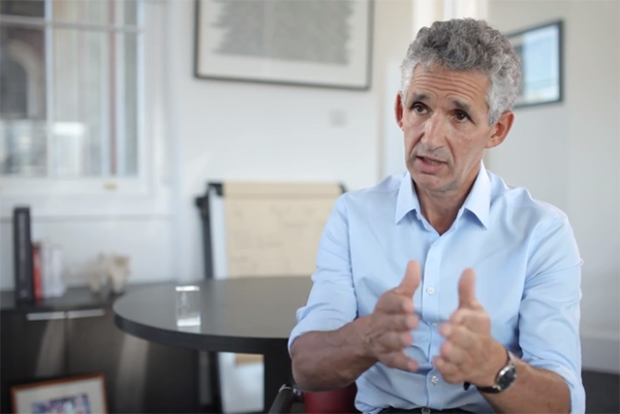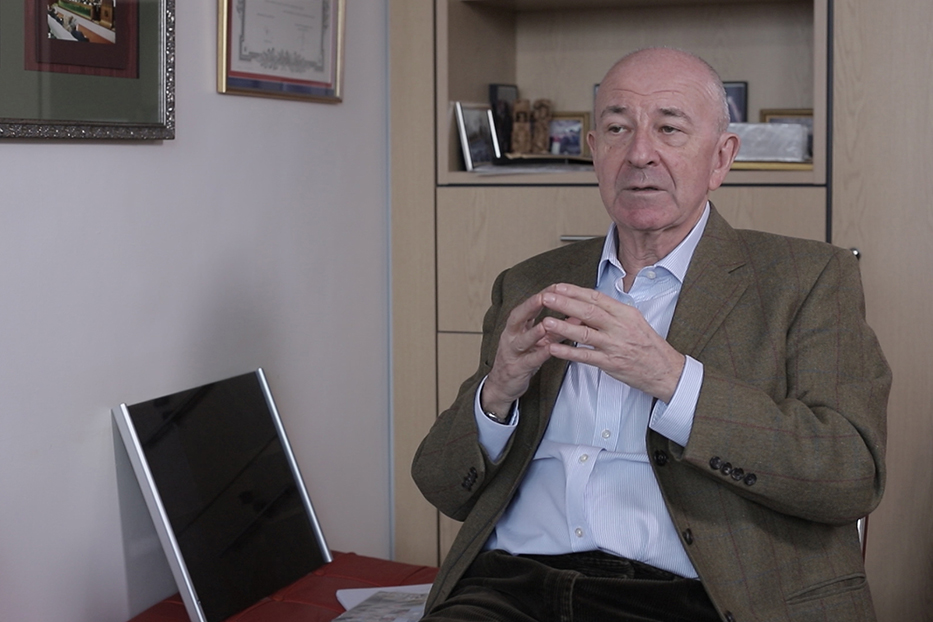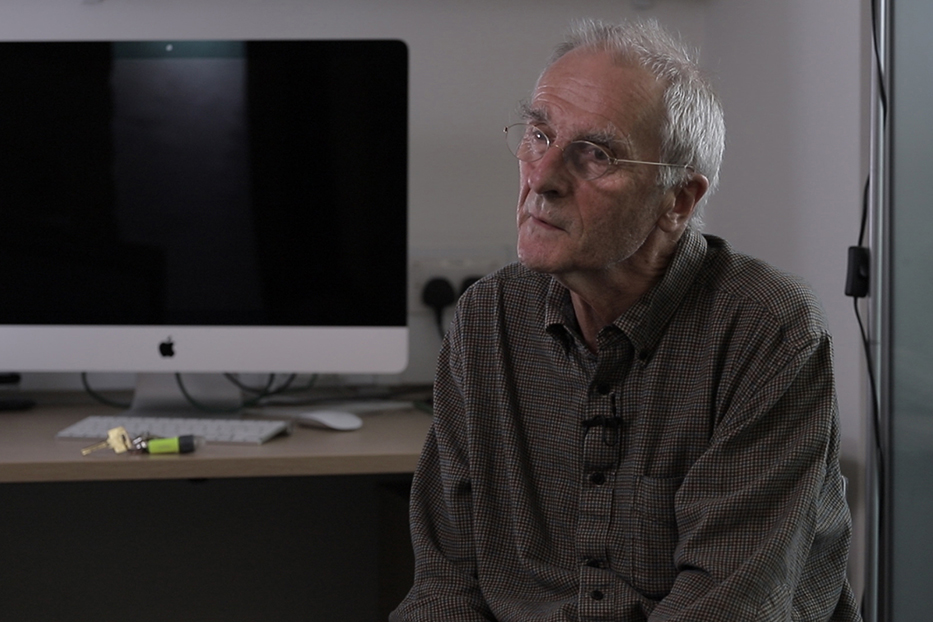Accelerated Ageing in COPD
Respiratory scientist Peter Barnes on cellular senescence, sirtuins and how can we reverse some of the chronic diseases of ageing
videos | July 21, 2020
COPD is a disease of the elderly: the main age of diagnosis of COPD is 60-70 years old, and it never occurs before the age of about 45 because the disease takes many years to develop. However, there is increasing evidence that this disease may be due to the acceleration of the normal ageing process in the lungs. This is an important discovery because it’s led to an understanding of the molecular pathways that may be involved in accelerated ageing, and this, in turn, is important because it identifies novel therapeutic targets for the future.
Lung function reaches a peak at about the age of 25 and then slowly declines over decades, but it never reaches the point where this decline leads to symptoms in normal people. But if you look at the lungs of elderly people, they do show some of the pathological features that we normally see in COPD. So, if you look at people 90 years old or so, they have what’s called senile emphysema with large air spaces in the lung parenchyma and inflammatory cells, which are features of COPD-related emphysema. However, our hypothesis has been that the acceleration of ageing accounts for COPD so that they then develop symptoms and then progressive loss of lung function and associated diseases. This acceleration of ageing, we believe, is linked to a loss of endogenous anti-ageing molecules: what this means is that cellular senescence occurs in COPD, and there’s a gradual accumulation of senescent cells.
A lot is known about cellular senescence because it’s important for other important age-related diseases such as Alzheimer’s disease, cardiovascular disease and type 2 diabetes.
Senescent cells are cells that have stopped dividing. It used to be thought that they’d completely lost their function and they’d gone into cell cycle arrest but what we now know is that cells in cell cycle arrest are actually metabolically active and they produce a lot of inflammatory proteins.
This is called senescence-associated secretory phenotype, and it’s something that we see in COPD lungs: an accumulation of senescent cells that include airway epithelial cells that lie in the airways, fibroblasts that surround the airways or cells that make up the lung parenchyma.
We’ve been working on the pathways of senescence, which are well-defined in other senescent diseases. What happens is that oxidative stress activates a pathway called the PI3K–mTOR signalling pathways, which results in cell cycle arrest. What we’ve shown is that this pathway also impairs key anti-ageing molecules known as sirtuins. The key sirtuins that are reduced in COPD are Sirtuin 1 and Sirtuin 6. These sirtuins are known to protect against the development of ageing and cellular senescence, so their loss in COPD is probably very important as a disease mechanism.
There are several potential ways of reversing this ageing process that we’re currently exploring. This involves inhibiting the PI3K–mTOR signalling pathway, and there are already drugs that are used for other purposes that can do this, including rapamycin, which is used as an immunosuppressant and metformin, which is used as an antidiabetic drug. These drugs may be repurposed in the future to reduce accelerated ageing pathways. There are also drugs that increase sirtuins, and one such drug is resveratrol, which is found in red wine. It’s been shown that many of these pathways that lead to accelerated ageing are interactive, so this is a complex process, but it’s possible that we can intervene with one of these new treatments.
These treatments have already been shown to prolong the lifespan of various species from yeast right up to mammals, so we believe that this pathway will also be important in human ageing diseases such as COPD.
One of the areas that we’ve explored particularly recently is the role of microRNAs in regulating these ageing pathways. We’ve identified one particular microRNA called miR-34a, which is a key regulator of Sirtuin 1 and Sirtuin 6. We’ve shown that this miR-34a is increased in COPD cells, and we can block it with a complementary sequence called an antagomir, this is able to actually reverse cellular senescence in COPD cells. So the exciting possibility is that in the future, we might even be able to reverse the ageing process in COPD.
COPD is often associated with several comorbidities, and many of these comorbidities are also diseases of accelerated ageing. I think what’s now emerging is that all these ageing diseases share a common pathway, so they all have the PI3K–mTOR signalling and microRNAs that may regulate this process. So, what we believe is happening is that these diseases are occurring together as part of a multi-morbidity, and multi-mobility is one of the key features of ageing. For example, if you look at people over 60 years old, more than 65% have two or more chronic diseases of ageing. So, we think that these diseases occur together because they share common pathways, and this is very exciting for the future because it means that we may be able to develop treatments that deal with all of these diseases that occur together with a single therapeutic approach. It means rather than treating individual diseases like heart failure, type 2 diabetes and COPD; we may be able to use a single intervention that actually stops all of them from progressing and may even reverse these diseases.































